Abstract
Apple farming in Japan is one of the important industries, and according to data for 2022, the national harvest reached 81.8kt and the bearing tree area was 4.2kha. In particular, Aomori recorded the largest shipment, achieving 39.2kt. These figures indicate the health of Japan’s apple industry, with Aomori in particular showing outstanding productivity. Aomori’s climatic conditions and advances in agricultural technology may be contributing to the high yields and shipping volumes. The increase in bearing tree area also suggests a response to improved productivity and increased demand. It is expected that Japan’s apple industry will continue to strive for sustainable growth while adapting to technological innovation and changes in market demand.
Tsugaru harvest yield (main data).
Apple production in Japanese agriculture has undergone various changes between 1979 and 2022. At its peak in 1992, the national harvest reached 151kt, but has since been on a downward trend, currently standing at 54.1% of its peak. This decrease is thought to be due to technological innovation in agriculture, changes in production systems, and fluctuations in market demand. Increased demand from other regions and fruit trees may also be a factor. On the other hand, in certain areas, such as Tsugaru, harvest yields tend to be relatively stable. This may be due to local climatic conditions and agricultural practices. In the future, the introduction of more sustainable production methods and adapting to changes in demand will likely become important issues for apple production in Japan.
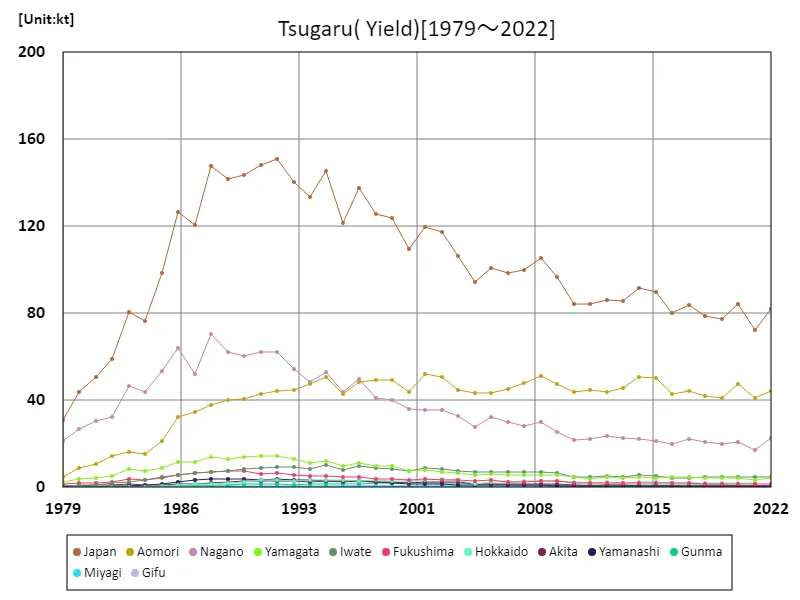

The maximum is 151kt[1992] of Japan, and the current value is about 54.1%
Tsugaru harvest volume (by prefecture).
In Japan, Aomori has the largest apple harvest in the country at 44.1kt as of 2022, the most recent year available. Based on past trends, Aomori is a major apple producing region and is characterized by its outstanding harvest volume compared to other regions. Aomori Prefecture’s climate conditions and vast land area are thought to be ideal for apple production. Additionally, Aomori apples are highly regarded for their quality and flavor, and stable demand is thought to be the reason behind the high harvest volume. Apples are produced in other prefectures as well, but Aomori is the largest, so harvests in other areas may be relatively small. Apple production will continue to be centered in Aomori, with production in other regions expected to expand depending on demand.
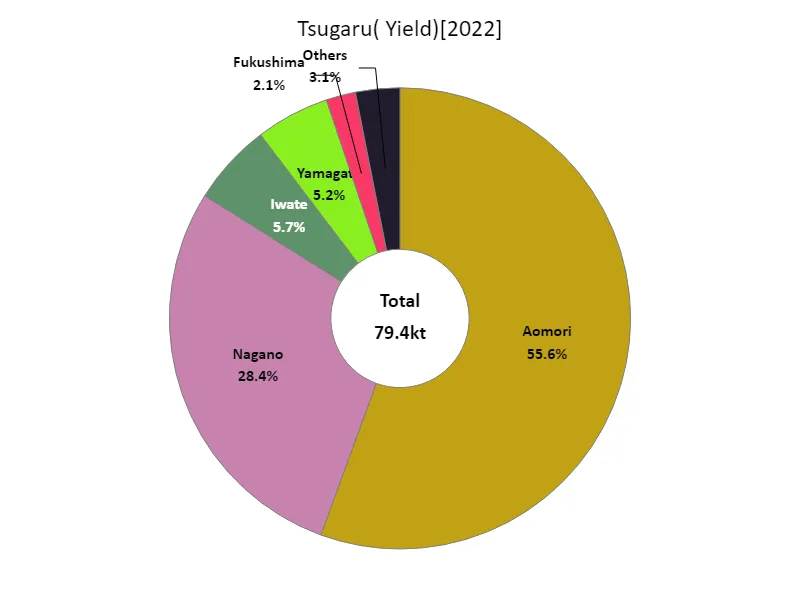

The maximum is 44.1kt of Aomori, the average is 6.1kt, and the total is 79.4kt
Fruiting tree area of Tsugaru (main data).
The area of apple bearing trees in Japanese agriculture has undergone changes between 1979 and 2022. At its peak in 1994, the national fruiting tree area reached 6.81kha, but the trend has been downward since then, currently standing at 61.7% of the peak. This decrease is thought to be due to changes in land use, such as urbanization and abandonment of farmland, or changes in agricultural techniques and management environments. While some areas may be taking proactive measures and initiatives to address the decline in fruiting tree area, the overall trend remains downward. In contrast, there are certain regions, such as Tsugaru, where the fruiting tree area is relatively stable. This may be due to local climatic conditions and agricultural practices. In the future, more sustainable land use and improvements in agricultural management will likely become important issues for stabilizing and increasing the area of fruiting trees in apple production.
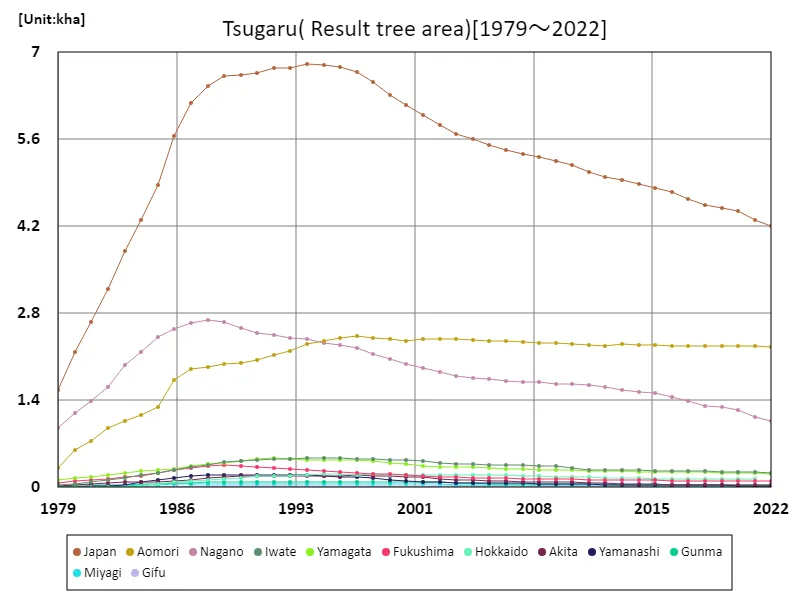

The maximum is 6.81kha[1994] of Japan, and the current value is about 61.7%
Area of fruiting trees of Tsugaru (by prefecture).
In Japan’s agriculture, Aomori recorded the largest area of apple bearing trees in the country in 2022, at 2.26 kha. Looking at past trends, Aomori is a major apple producing region and is characterized by a particularly large area of fruiting trees compared to other regions. Aomori Prefecture’s climate conditions and vast land area are thought to be ideal for apple production. Additionally, Aomori apples are highly regarded for their quality and flavor, and demand is stable, which is thought to be the reason behind the large tree area. Apples are produced in other prefectures as well, but Aomori is the largest, so the fruiting tree areas in other regions may be relatively small. In the future, apple production will continue to be centered in Aomori, and it is expected that production will spread to other regions depending on demand.
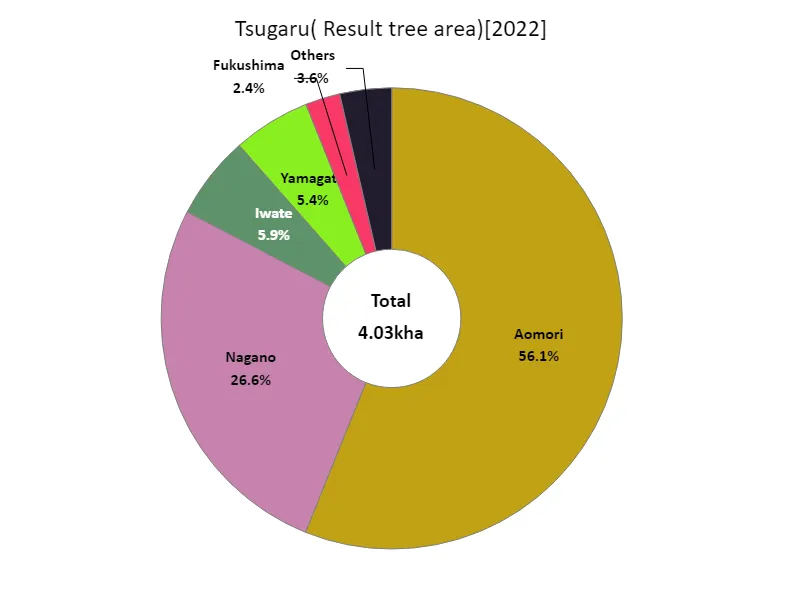

The maximum is 2.26kha of Aomori, the average is 310ha, and the total is 4.03kha
Tsugaru’s shipping volume.
In terms of apple shipments in Japan’s agricultural sector, 2022 data shows Aomori recorded the highest volume at 39.2kt, with an overall average of 5.51kt, for a total of 71.6kt. Looking at past trends, Aomori is a major apple producing region and is characterized by its outstanding shipping volume compared to other regions. Aomori Prefecture’s climate conditions and vast land area are thought to be ideal for apple production. Additionally, Aomori apples are highly regarded for their quality and flavor, and stable demand is thought to be behind the high shipping volumes. Shipments from other regions are relatively small, with the majority of total shipments coming from Aomori. Apple production will continue to be centered in Aomori, with production in other regions expected to expand depending on demand. Furthermore, shipping volumes may vary from year to year due to fluctuations in demand and weather conditions.
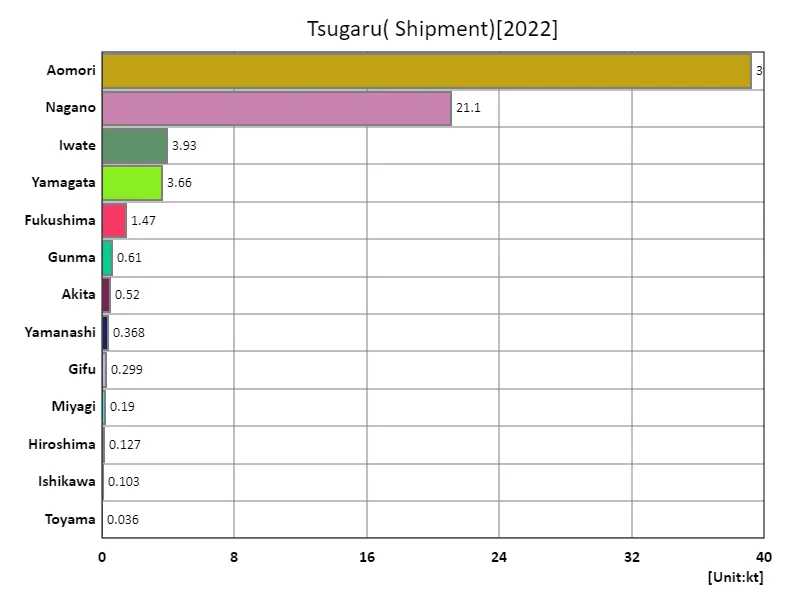

The maximum is 39.2kt of Aomori, the average is 5.51kt, and the total is 71.6kt
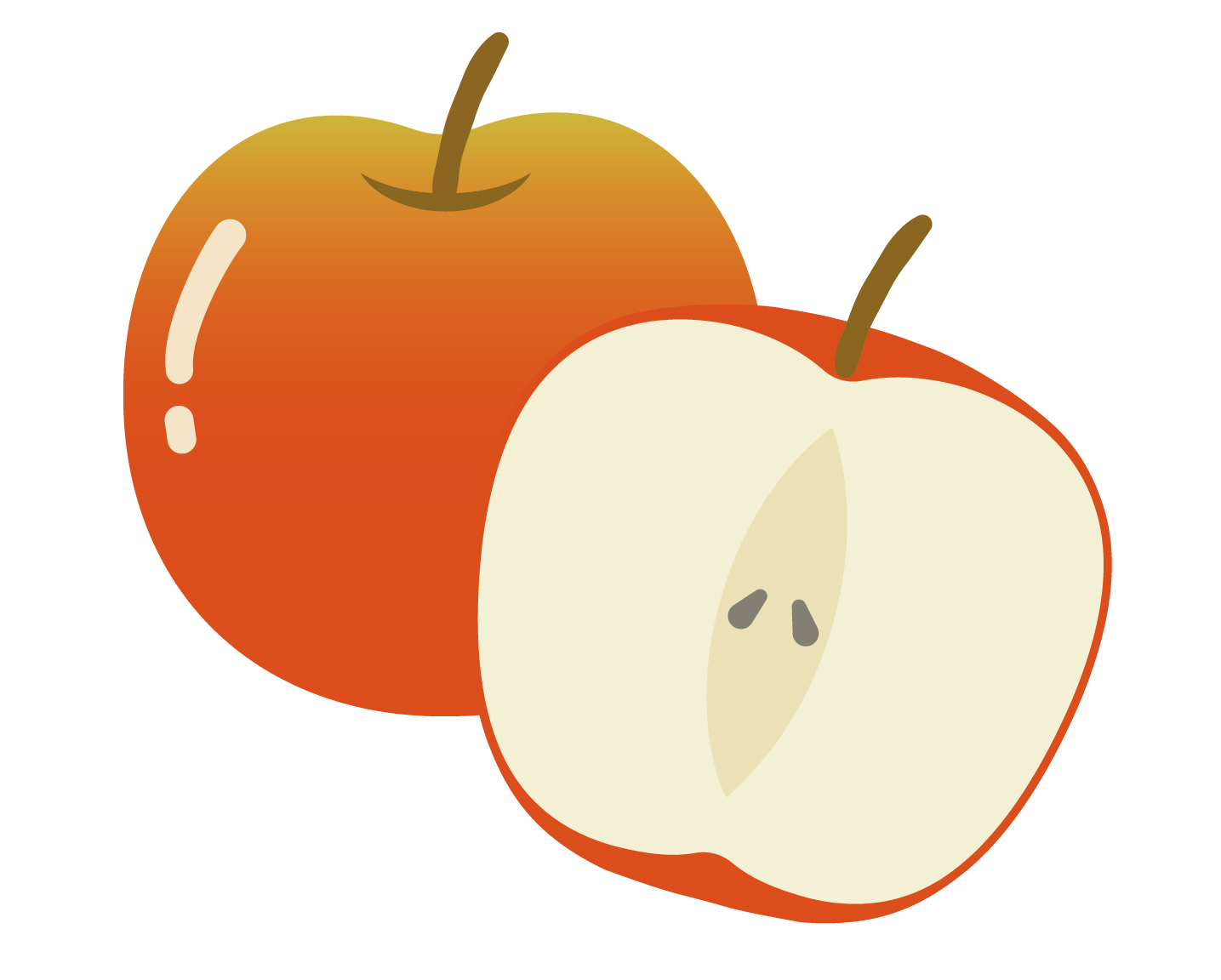


Comments